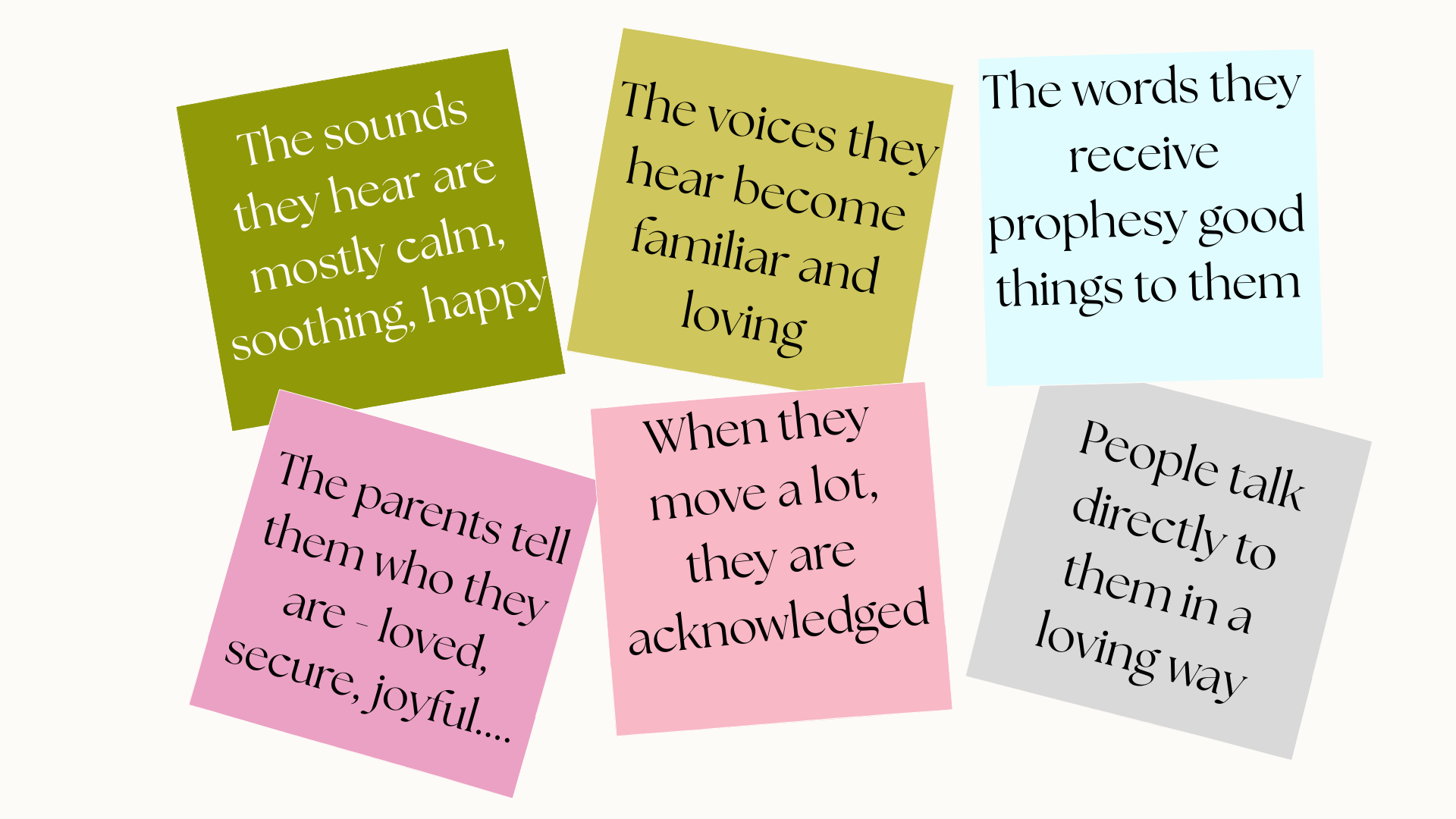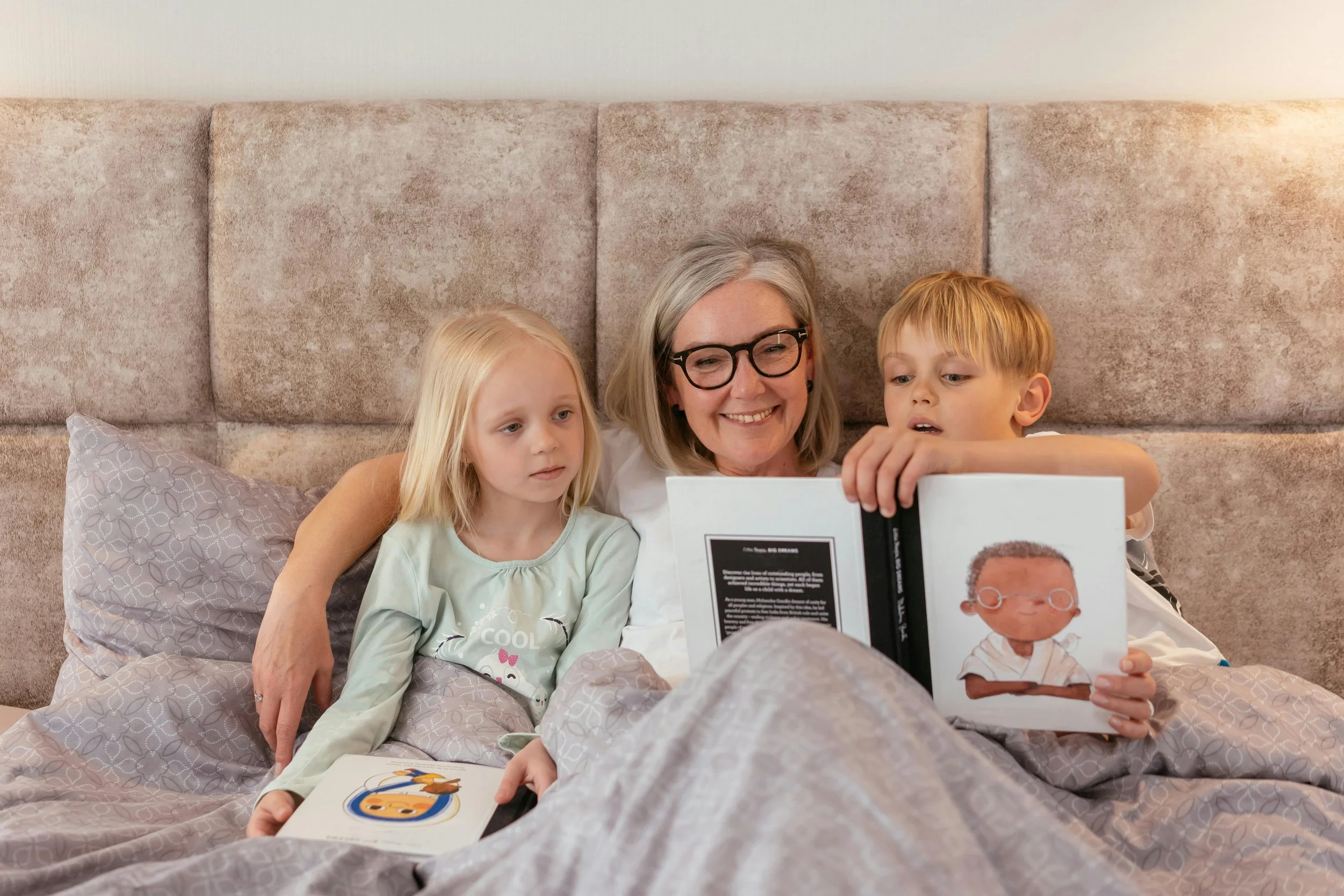
Building Self Esteem in Kids
The mini course for parents, grandparents, carers
Childhood - a one time only experience
Self-esteem formed in childhood is the bedrock of a healthier adult life—shaping core beliefs that life is good, I can connect, I am loved, secure and valued. The good news: you can intentionally help shape a child’s self-esteem and curate a child’s key messages to give kids the core beliefs they’ll carry for life.
In this mini course you’ll get some wonderful and certainly insightful suggestions on just how to help build a healthy self-esteem for your children.
The 3 Chapters
What is self-esteem and why does it matter
What impacts our self-esteem for the good and the bad
Ways to build the child’s self-esteem
Chapter 1 - What is self-esteem and why it matters
What it is: Self-esteem is a child’s settled sense of worth—“I am valuable before I perform.” Child psychologists show that it grows from secure attachment, attuned repair after ruptures, and repeated experiences of competence (micro-wins) and truthful encouragement. Self-esteem lives in the human spirit: when a child is affirmed in identity, purpose, and design, their inner world recognizes, “This is who I am,” and organizes life around that truth. Over repeated and consistent interactions the messaging to the child’s internal narrative aligns with “I am loved, secure, valuable and competent. I can do hard things and the world is a secure place”.
Why it matters: What we believe about our worth becomes the operating system for our entire lives. Worth-based beliefs impact our confidence, our learning, our relationships, risk taking, mental health and resilience. We know that repeated thoughts and feelings literally train the nervous system toward either fear or freedom. When adults model calm, tell kids stories about themselves / their birth / their worth and celebrate process over perfection, they are intentionally “writing” healthy self-esteem into the child’s body and brain, setting them up for the best chance of really positive life. Self-esteem impacts our confidence as we grow, our resilience to things like bullying and gives us the mental space to notice other people and think creatively. Kids with reduced self-esteem have minds which are more cluttered with fear and questions on whether they are ok in a given situation.
The top 6 things that help build self-esteem in children pre-birth
There are amazing benefits of intentionally building a healthy self-esteem in children. Here’s just some of them.
Nervous-system steadiness: a sturdy sense of worth lowers everyday threat signals, so kids think clearly instead of living in fight/flight.
Faster “bounce-back”: shame turns into data—mistakes become information, not identity.
Clean boundaries & consent: “I’m valuable” makes it easier to say no, ask for help, and choose safe friends.
Intrinsic drive: they learn for joy and purpose, not just gold stars—motivation lasts longer.
Micro-leader moments: kids with settled worth step up to welcome others, solve small problems, and include the lonely.
Creativity on tap: less self-censoring = more playful risk, novel ideas, and brave experiments.
Better body listening: esteem softens the noise of comparison so kids can hear hunger/fullness, rest/move signals.
Smarter risk calibration: they can tell “stretch” from “danger,” so courage grows without recklessness.
Repair superpower: worth makes apologies and amends feel safe—relationships get stronger after conflict.
Truth-telling without terror: feedback isn’t a verdict, so honesty and integrity come easier.
Healthy relationship to tech: self-value reduces doom-scrolling and like-chasing; they can curate inputs.
Purpose radar: when we give kids blessing + identity words it lights up “why I’m here,” so talents surface earlier.
Generosity reflex: when a child feels “I’m enough,” beliefs around scarcity loosen—sharing, abundance and service increase.
Lower perfectionism: they still reach high, but pressure shifts from “prove I’m worthy” to “express who I am.”
Coherent heart states: more moments of calm gratitude and joy—fuel for learning, memory, and wise decision-making.
7 minute video
Chapter 2 - What impacts our self-esteem for the good and the bad
Self-esteem gets shaped by a thousand tiny moments—good and bad. The good stuff looks like: feeling seen and safe, feeling loved and validated and the repeated emotions they feel which build their core beliefs (I am loved for who I am, I am important here, I know who I am, I can do hard things etc). Self-esteem is impacted in a positive way when adults are predictable for the most part and kids don’t fear what ‘mood’ the adult is in. This helps interpret the world as predictable, in order and stable.
The not-so-great side is: unpredictable moods in important adults, regular criticism or sarcasm, inconsistent care, being compared to siblings, love depending on performance vibes. Instability erodes self-esteem in kids as they will interpret any unpredictable behavior/attitude as somehow relating to them and they are not quite sure what caused it. They will say to themselves “There’s something wrong with me that this is happening”. Not so great is also when we rescue kids from every struggle so they have limited opportunities to learn “I can do hard things”. Chaotic homes with very little order, schedule or a chaotic emotional climate also cause self-esteem to drop significantly as kids feel insecure, never quite sure of the emotional landscape they are trying to navigate. Kids interpret these things as something is not ok, and they make the assumption that they may be to blame. In short, lack of loving connection, little, sporadic or disingenuous encouragement erode self-esteem and contribute to a shame-based nature, confusion, and constant comparison.
Communication
How we communicate with the child and around the child has a huge impact on how they feel about themselves. If our default is frustration or giving ‘too busy’ vibes all the time, it erodes their self esteem. Communication is;
What we say, how we say it, what we look like when we say it.
Our body language can be loud
How we communicate with others that the child sees or hears
Actions
Actions can speak louder than words. These actions are key;
The time we take with them
The things we do with them
The things we don’t allow them to do or get frustrated with them as they are trying
When we rescue too quickly it sends a message that they are not able
Beliefs
Our core beliefs dictate our actions and when they are positive about your child at this time if their lives, it has a profoundly positive impact. Great beliefs are;
It is safe for my child to try many new things
That my child can hold a level of responsibility from very early on
That they are not a burden to me
That they are a vital and loved member of our family and we include them
Chapter 3 - Ways to Build Self-Esteem in Kids












